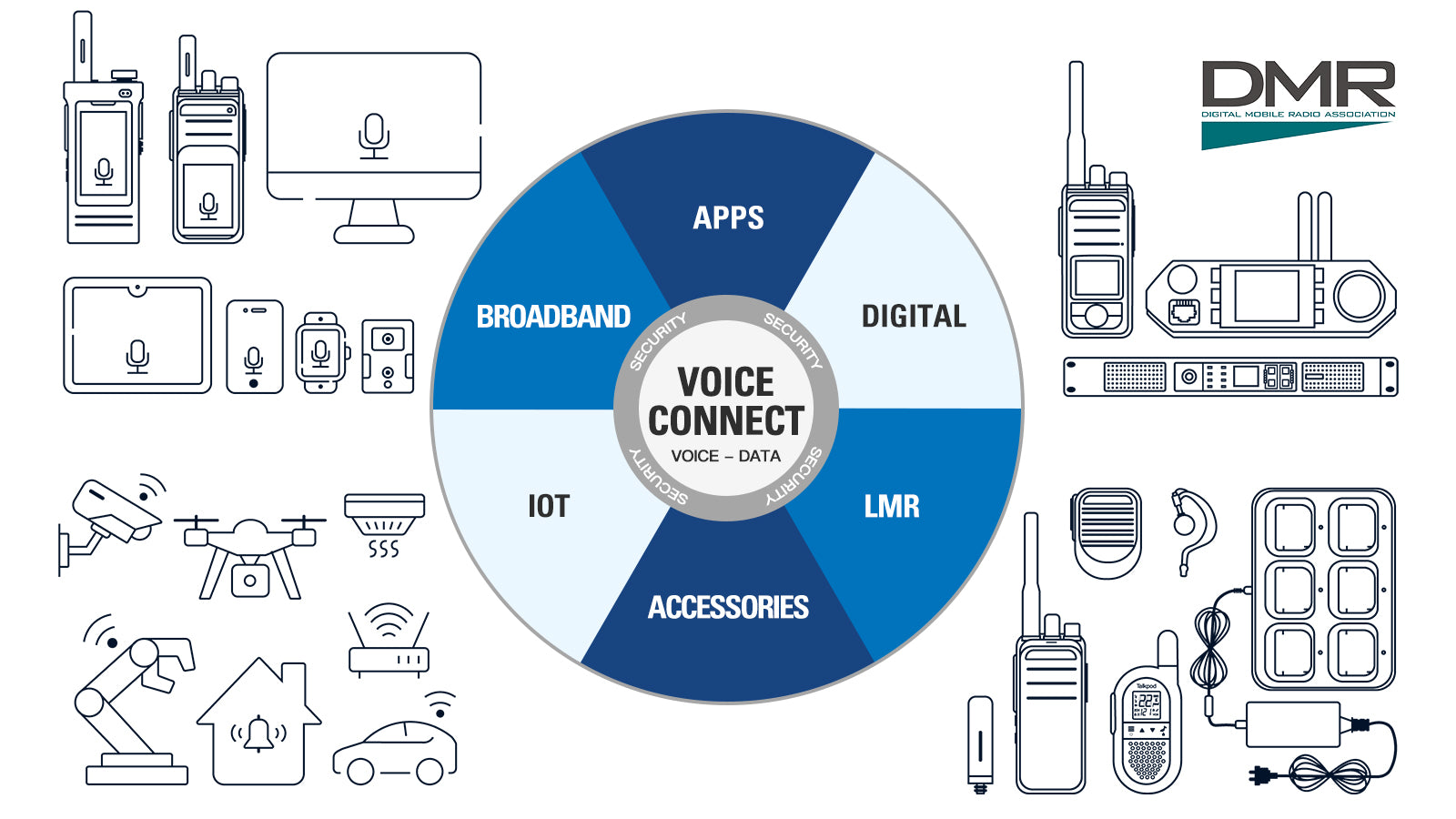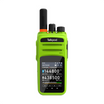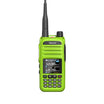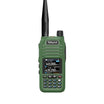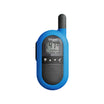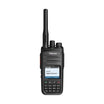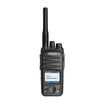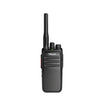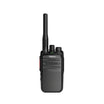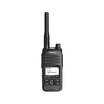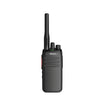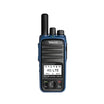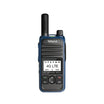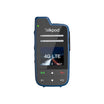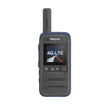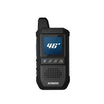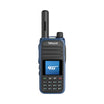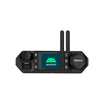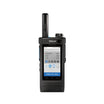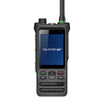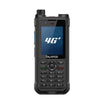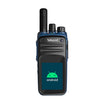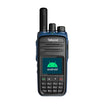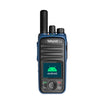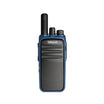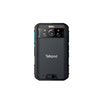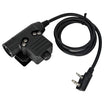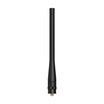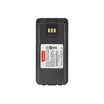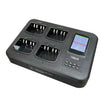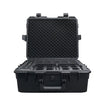Understanding the Air Interface in Wireless Communication
In the realm of wireless communication, the air interface serves as the invisible yet crucial bridge connecting users across distances. It refers to the set of technical specifications that govern the radio-based communication link between a mobile station (such as a handheld two-way radio) and an active base station (the fixed point communicating with mobile units). This interface encompasses the protocols, frequencies, and signal types that enable the seamless transmission and reception of data through the air, without any physical connection.
The Significance of the Air Interface in Two-Way Radio Systems
Two-way radios, a staple in various sectors such as security, public safety, and industrial operations, rely heavily on the efficiency and reliability of the air interface. This component dictates how well a radio system performs in different environments, how clear the communication remains, and how effectively it resists interference from other signals.
A well-designed air interface ensures that two-way radios can maintain a stable and clear connection, even in challenging conditions. This is crucial for emergency responders, for example, who depend on clear and reliable communication in critical situations. The air interface facilitates this by defining how signals are modulated, how data is encoded, and how devices synchronize, ensuring messages are accurately sent and received.
Improving Two-Way Radio Communications through Advanced Air Interfaces
The evolution of air interface technologies has significantly improved the performance of two-way radio systems. Modern digital radio systems, such as those using DMR (Digital Mobile Radio) or Tetra standards, offer more robust air interfaces compared to traditional analog systems. They provide better voice quality, higher data throughput, improved security, and greater range, all while efficiently managing the available spectrum.
Moreover, advancements in air interface protocols have enabled new features in two-way radios, including GPS tracking, text messaging, and even encrypted communications. These developments enhance the versatility and functionality of two-way radio systems, enabling them to meet the growing demands of contemporary communication needs.
Conclusion
The air interface is a fundamental element of two-way radio systems, acting as the critical link between mobile users and base stations. Its design and efficiency directly impact the clarity, reliability, and overall performance of wireless communications. As technology advances, the continuous improvement of air interface standards is essential to meet the evolving challenges of modern communication, ensuring that two-way radios remain indispensable tools for seamless, effective communication in a myriad of operational contexts.


